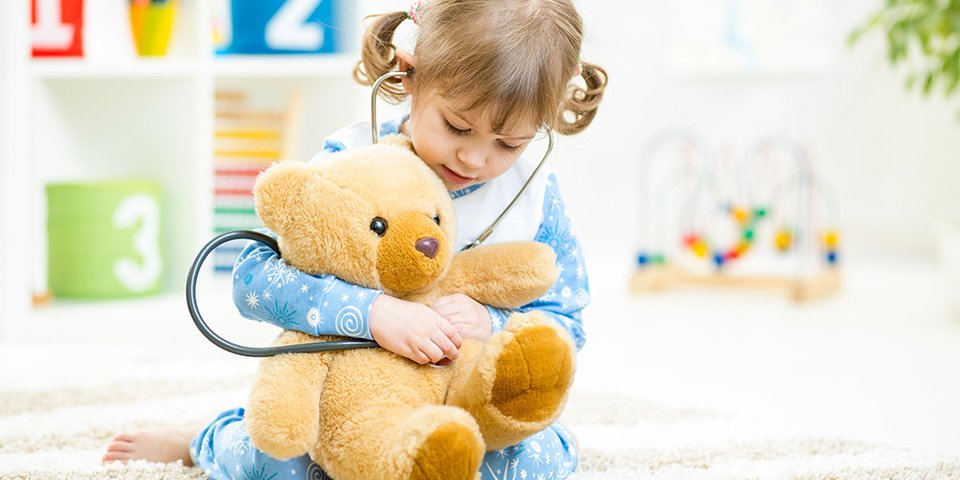Designed by the Murdoch Children’s Research Institute, a new tool is being called a game changer for children’s mental health.
The Children’s Wellbeing Continuum is a new evidence-based tool created to enable conversations around children’s well-being, assisting in identifying those who are struggling early on and linking them to early support services thereby preventing progression to more serious mental health problems in future.
Murdoch Children Research Institute’s Professor Frank Oberklaid says the tool, a first in the child mental health space, provides a snapshot of a child’s social and emotional well-being at a point in time.
“A continuum-based model recognises that children’s mental health and well-being is dynamic and often changes over time,” he says.
“The model destigmatises child mental health issues, builds bridges between the education and health sector and addresses some of the barriers in seeking help before problems become more severe.”
National Mental Health Commission Executive Director Alex Hains says, “using the continuum focuses on a child’s functioning rather than whether they meet certain diagnostic criteria”.
“This approach will help promote a system that intervenes earlier and is more approachable for children and their families.”
The tool is currently being used as a successful conversation starter in classrooms, households and GP clinics. It’s hoped it will be widely adopted across Australia.
“The feedback we have received has been overwhelmingly positive and the tool has been described as a real game changer,” says Professor Oberklaid.
“The creation of a shared language has given teachers and parents the confidence to promote and nurture good mental health, recognise emerging problems and access appropriate support in a timely manner.”
Professor Oberklaid says the terminology for the continuum, designed for children aged two to 12 years, has been carefully considered and tested by health workers, educators, parents and caregivers.
The four anchor points of the continuum range from ‘Good’ through to ‘Coping’, ‘Struggling’ and ‘Overwhelmed’.
“The language used to describe a child’s mental health and well-being has an important effect on how mental health is understood,” says Professor Oberklaid.
“For many families, mental health is not an easy topic to discuss, so tools that help to open up a conversation about how a child is feeling shifts the dialogue to a focus on the child and not a diagnosis.
“Normalising conversations about children’s well-being provides an opportunity to move the pendulum towards prevention and early intervention.”
The tool was recently introduced in schools involved in the Mental Health in Primary Schools Program (MHIPS).
The program embeds a child mental health and well-being coordinator within classrooms to help identify and manage emerging mental health issues. By 2026 it will be expanded to every government and low-fee non-government primary school in Victoria.











